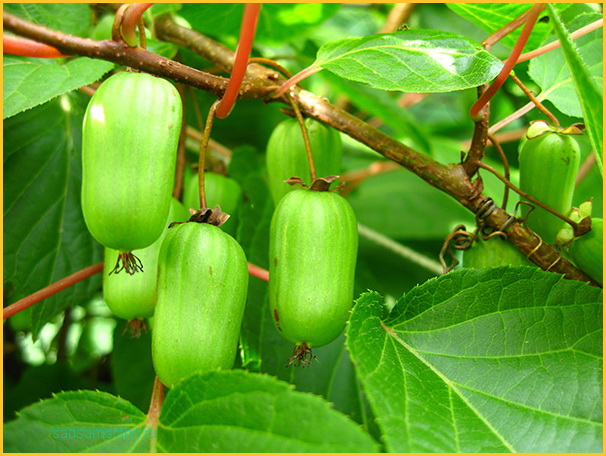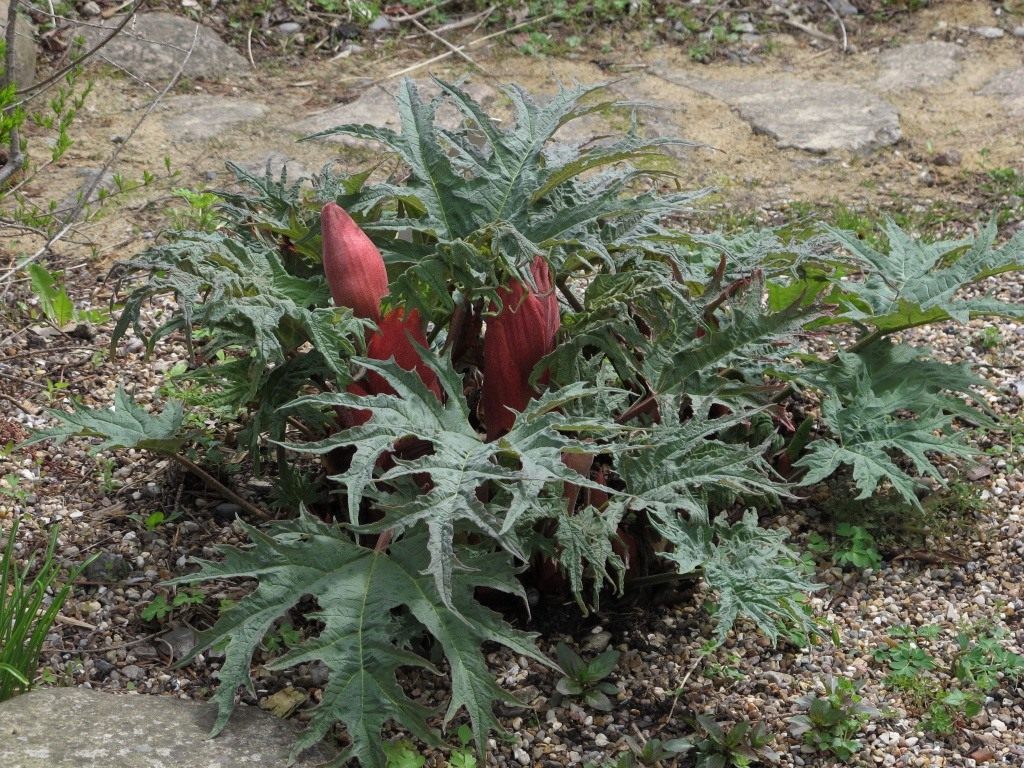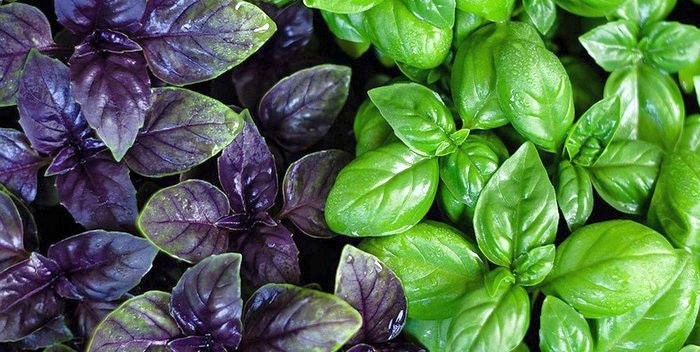Content:
Raspberry spinach, strawberry spinach, berry spinach - all these names evoke associations with some exotic hybrid plant that is difficult to grow. In fact, this is an annual herb that even a novice gardener can handle growing. Strawberry spinach has a lot of useful properties and is decorative, but first things first.
Strawberry spinach description
Despite the Russian-language name, the culture has nothing to do with spinach (Spinach). This is a plant of the genus Mar, of the Amaranth family. Strawberry Sticks, or jmindas, are native to southern Europe and northern Africa. Botanical Description:
- An annual plant, up to 70 cm high, with a thick rhizome.
- Stems are erect, leafy along their entire length.
- Leaves are triangular-lanceolate, with jagged edges, 7 cm long, 4 cm wide.
- The plant is densely leafy below, the leaves at the base are spear-shaped, pointed.
- The flowers are collected in inflorescences in the leaf axils, the perianths are red.
- Flowering occurs in late July and early August, the fruits ripen in a month.
- The fruit is a complex drupe, ripe, red-burgundy, slightly sweetish.
- It has a lot of shiny black-brown seeds.
Young leaves like green leafy vegetables and berries are eaten. The fruit tastes nothing like wild strawberries or raspberries. The name reflects only the external similarity of the berries.
Agrotechnics
Strawberry spinach is related to the quinoa, and its closest ancestors are the same weed. That is why even cultivated varieties of jminda are absolutely unpretentious, drought, and frost-resistant. This is a very unusual-looking plant, so it is often grown in flower beds, you can allocate a place for it in the beds or place it in containers. For a good harvest, cultivation on light, fertile soil is recommended.
So that the berries are not dryish, the plant should be provided with sufficient moisture. Zhminda may well develop in the shade, but in order for the fruits to be sweeter, it is better to give her a sunny place. It is not demanding for soils, it can develop in ordinary garden soil.
Sowing with seeds
You can sow berry spinach both in early spring and before winter. Before sowing, the seed is recommended to be etched for half an hour in a pink solution of potassium permanganate. Growing strawberry spinach from seeds is not difficult. The holes are made at a distance of 40 cm, several seeds are placed in each to a depth of 2-3 cm. To speed up the germination process, the crops are covered with foil. When two true leaves appear in emerging plants, the crops are thinned out, leaving one in the hole. The removed shoots are suitable for consumption, or they can be transplanted into other beds. The culture can withstand frosts down to -8 degrees.
Growing seedlings
In cold spring areas or for early greenery, spinach-raspberry seedlings can be grown at home. Sowing is done in mid-March-early April. The seeds are disinfected, mixed with dry sand and sown in boxes in grooves 1 cm deep. But peat-melting cups are best for this culture. Seedlings should appear in 10-12 days. Seedling care is carried out as usual, the main thing is that the earth does not dry out.It is possible to plant in open ground after 30-35 days with a lump of earth (fragile roots). The planting scheme is 40x40 cm. Experienced gardeners use raspberry spinach as a sealant in a greenhouse or in the beds between tomatoes, eggplants, peppers. While the main crop is growing up, spinach will already yield fresh greens.
Care
In order for the crop to please with quality and quantity, you need to water the jminda regularly, combining it with top dressing with ash and loosening. If cultivation is carried out for the sake of berries, then the plant needs to be provided with support, since tall stems can droop to the ground. Spinach greens can be consumed at a young age, with the beginning of flowering, the plant often develops bitterness. Berries ripen in September, they must be removed carefully, as overripe fruits crumble. Seeds that have fallen into the ground can easily endure winter and in spring they sprout randomly like weeds. They can be planted in beds; with careful handling, most plants take root well.
Beneficial features
Strawberry spinach has a number of useful properties, and both berries and leaves are valuable. It is widely used in folk medicine, as a source of essential substances and for medicinal purposes. On the basis of this plant, rejuvenating masks, decoctions for strengthening hair are made.
Zhminda has the following properties:
- Stimulates the work of the heart and blood vessels. It contains vitamins A and C (antioxidants), carotene (preserves the walls of blood vessels).
- Helps in the digestive tract. The substances contained in the plant prevent constipation.
- The high iron content in berries helps to increase hemoglobin.
- It is a source of vitamins PP, group B, E, K, iron, magnesium, calcium, fatty acids.
- May act as a low calorie protein source.
- It successfully cures diathesis in children.
- Regular consumption of fresh herbs helps to normalize the nervous system.
The herb is dried, tinctures and decoctions are made from it. Leaf tea is used as an immune boosting drink. But we must not forget that any medicinal plant has contraindications. Spinach-raspberries should not be used for stomach ulcers, diseases of the genitourinary system and gout.
Cooking applications
Berries are widely used in cooking. They are used in homemade preparations: jam, assorted compotes (goes well with strawberries), used as a natural dye. Beautiful kvass is made from fresh berries. Raspberry spinach is popular with Europeans and is often found in European recipes. The leaves are added to salads and soups, used in the preparation of meat, vegetable dishes and sauces. In addition, greens can be prepared for future use, they are suitable for drying, freezing and canning.
Spinach with berries similar to strawberries is an extremely attractive and healthy plant. Its juicy leaves will become an indispensable source of vitamins in spring, and bright berries will decorate a variety of dishes. At the same time, anyone can grow it, because cultivation of strawberry spinach does not require serious knowledge and effort.















